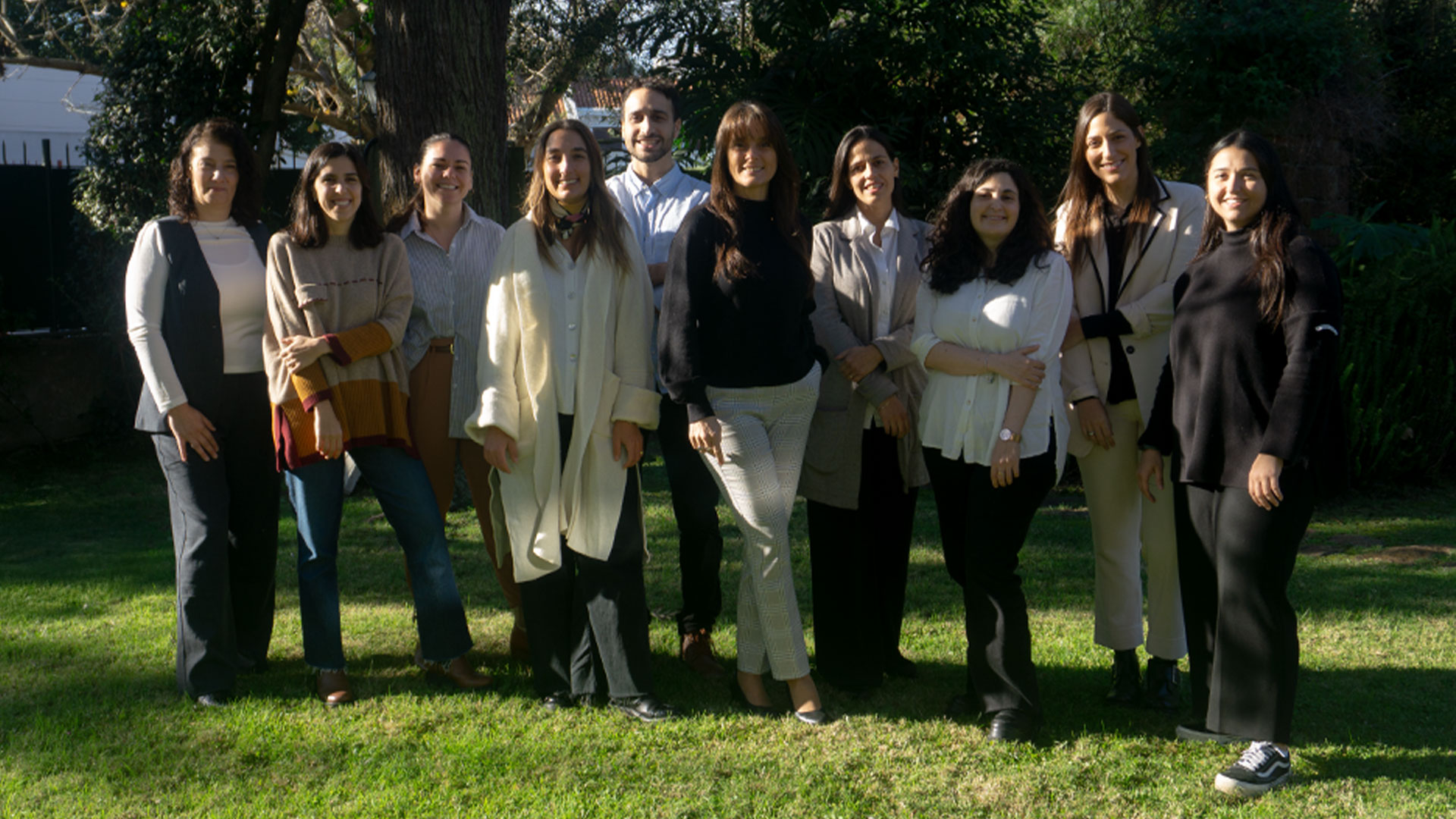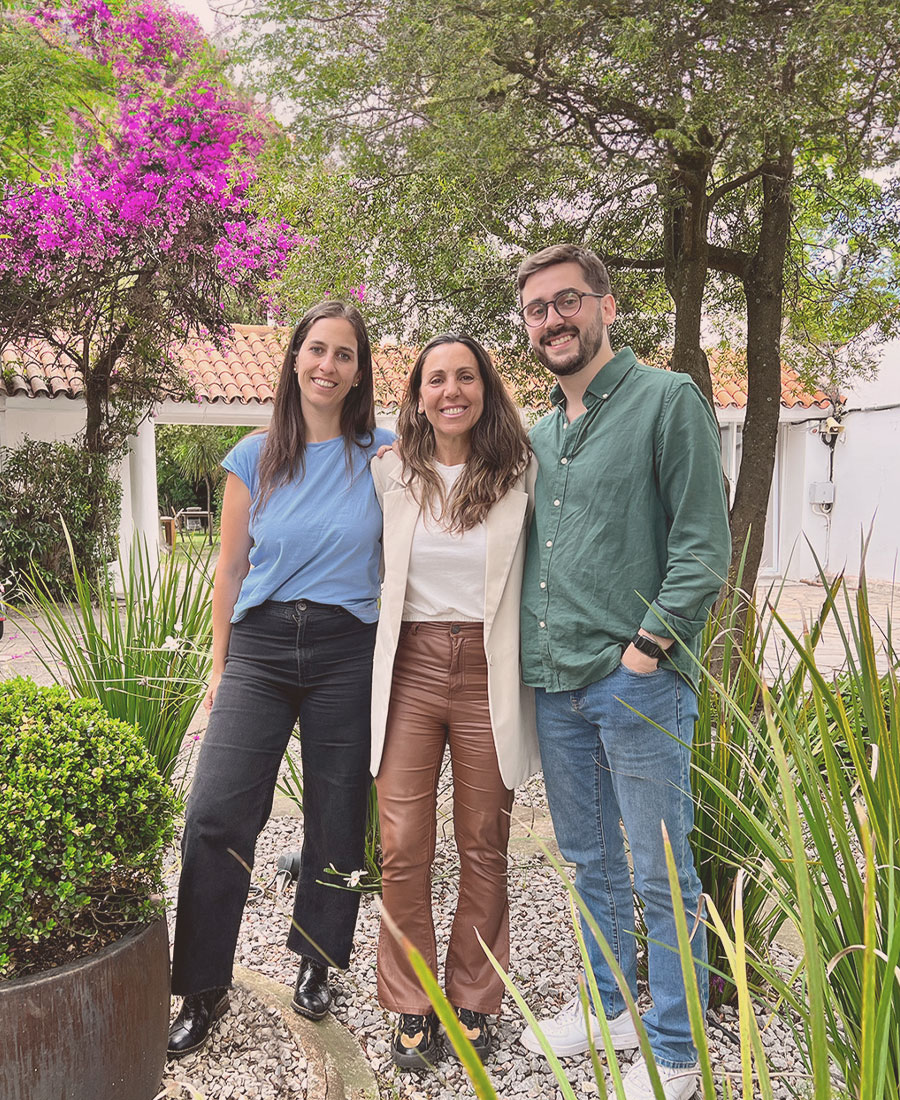Who we are: PMO

Reading time: 5 minutes.
Publication date: 30/05/2025
The Project Management Office (PMO) is essential for ensuring efficient and coordinated management of increasingly complex architectural projects. At Gómez Platero Architecture & Urbanism, the PMO supports each project from inception to completion, guaranteeing results that exceed client expectations through strategic planning and rigorous monitoring.
Traditionally, the role of architects was almost exclusively linked to the design and creative aspects of construction projects. Today, however, architectural projects have significantly increased in complexity, requiring comprehensive management that encompasses not only design but also strategic planning, rigorous cost control, construction quality, and effective coordination throughout the entire project lifecycle.
In this context, the integration of a dedicated Project Management office within the corporate structure of Gómez Platero Arquitectura & Urbanismo addresses a growing strategic need. This addition enhances the firm’s ability to deliver comprehensive and differentiated services, focused on exceeding client expectations through efficient management, clear communication, and a strong results-oriented approach.
A Cross-Functional, Client-Oriented Area
The PMO is a cross-functional area within the Studio, accompanying each project and client from the moment they enter until project completion. This involves constant interaction with virtually all internal departments and teams at every stage of the project. Its primary role is to ensure that established milestones are met, schedules and budgets are respected, and client satisfaction is always maintained.
“Project management is more of a mindset than simply a method for conceptualizing and managing projects. In every project, it’s essential to maintain a clear focus on the ultimate goal. When we fully understand our client’s business, we can set a precise objective that guides the Project Manager from the very beginning. With this strategic perspective, the PM ensures everything moves forward according to plan, proactively managing any deviations that arise. Adopting a systemic approach helps us see how each component interacts with the others, creating an integrated, multidisciplinary vision of the project,” says María Risso, Project Management Office Department manager.
Strategic Development
In addition to supporting day-to-day operations and facilitating access to project information, the PMO also plays an active role in managing the firm’s strategic plan. It contributes to defining annual objectives and to the specific planning each area undertakes to achieve them, explains María Risso. “Project management requires strategic vision, the ability to understand a problem from multiple perspectives, and the insight to identify both opportunities and risks. It’s about applying knowledge, experience, and creativity to overcome challenges and capitalize on opportunities—ultimately achieving the intended goals,” Risso adds.
Coordination, Effective Communication, and Continuous Monitoring
The PMO team continuously monitors each project, coordinating regular internal meetings with leaders from different areas of the studio, such as Preliminary Design, Executive Project, and Construction Management. These meetings allow the team to track progress, detect potential deviations, and make timely decisions to ensure compliance with established objectives.
Likewise, the department maintains clear and continuous communication with clients through regular meetings aimed at providing progress updates, addressing questions, and ensuring the project progresses as planned. These meetings, which can be held either in person or virtually depending on client preference, allow for joint review of plans, charts, schedules, and budgets, thus ensuring continuous updates aligned with the communication plan.
Another key responsibility of the PMO is the centralization and management of all documentation generated during project development. This facilitates quick and efficient access to information for both the Studio and the client.
Finally, during the closing stage, each Project Manager verifies that all deliverables have been completed and that the defined scope for each project in their portfolio has been fully met.
Additionally, it maintains constant communication with the client to ensure their satisfaction throughout the entire project, even after occupancy.
Committed to Excellence and Client Satisfaction
The PMO's primary objective is to ensure that each project is carried out smoothly, coordinated effectively, and aligned with client expectations. Their cross-functional role and ongoing collaboration with all departments within the Studio enable them to proactively identify potential issues, optimize resources, and ensure successful outcomes. This commitment to excellence and consistently exceeding client expectations distinguishes the Studio, building lasting relationships based on trust and quality of service.


